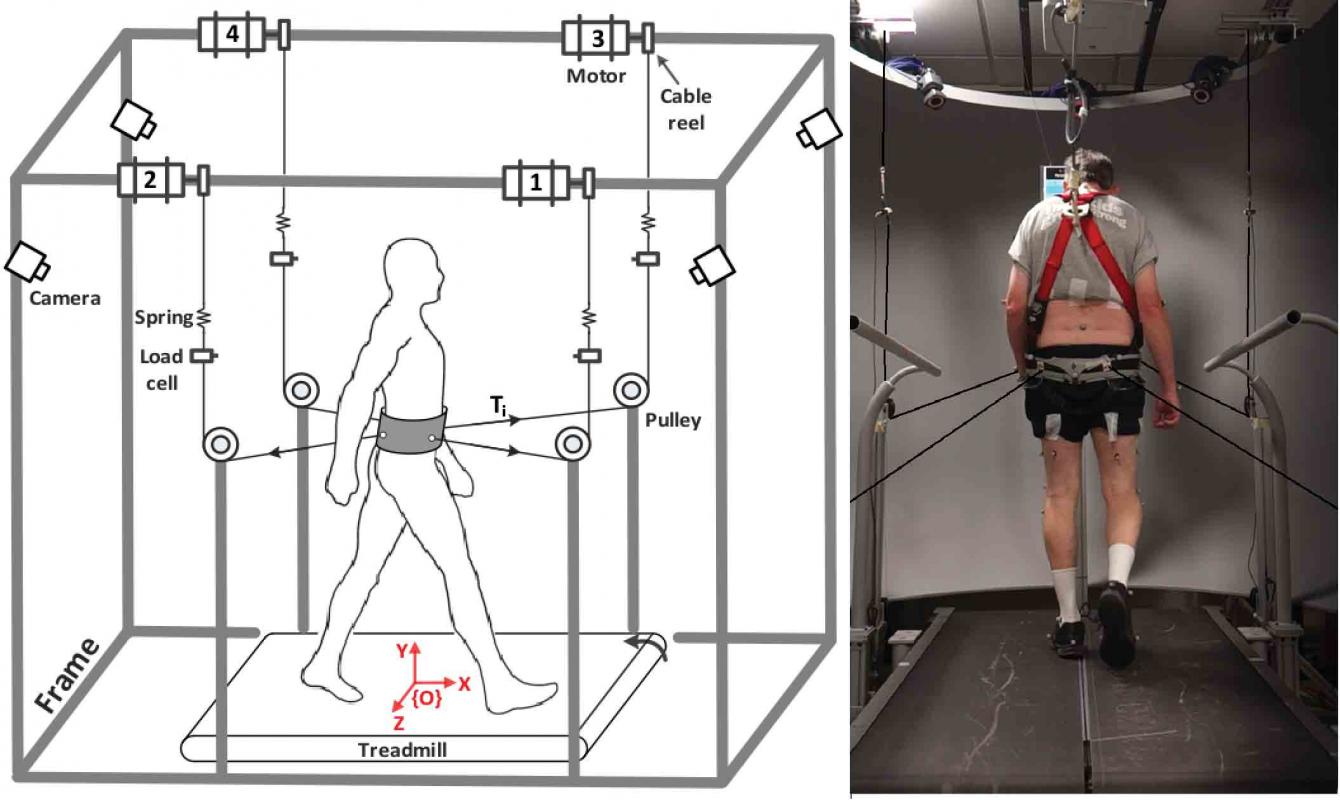How can we help Parkinson's patients avoid falls?

Parkinson’s disease often disrupts patients’ balance while they are walking, leading to repeated falls. In fact, people with Parkinson’s disease are two times as likely to fall as healthy adults of the same age.
Sunil Agrawal, a Columbia professor of mechanical engineering, and his team have been helping Parkinson’s patients improve their balance through training, using a robotic system, Tethered Pelvic Assist Device (TPAD), a lightweight belt attached to the pelvis.
Patients wore the TPAD as they walked on a treadmill, allowing researchers to exert force from a range of directions to evaluate the patients’ ability to respond to sudden changes. Then, the researchers took the patients through a balance training routine before subjecting them to the same routine of unpredictable changes in pressure.
After a single session of training, Parkinson’s patients were able to increase their stability, improving their walking stride and ability to react to sudden disruptions. These findings point the way to the development of new training programs that prepare those diagnosed with Parkinson’s to maintain balance and avoid falls. Learn more.
Make Your Commitment Today



